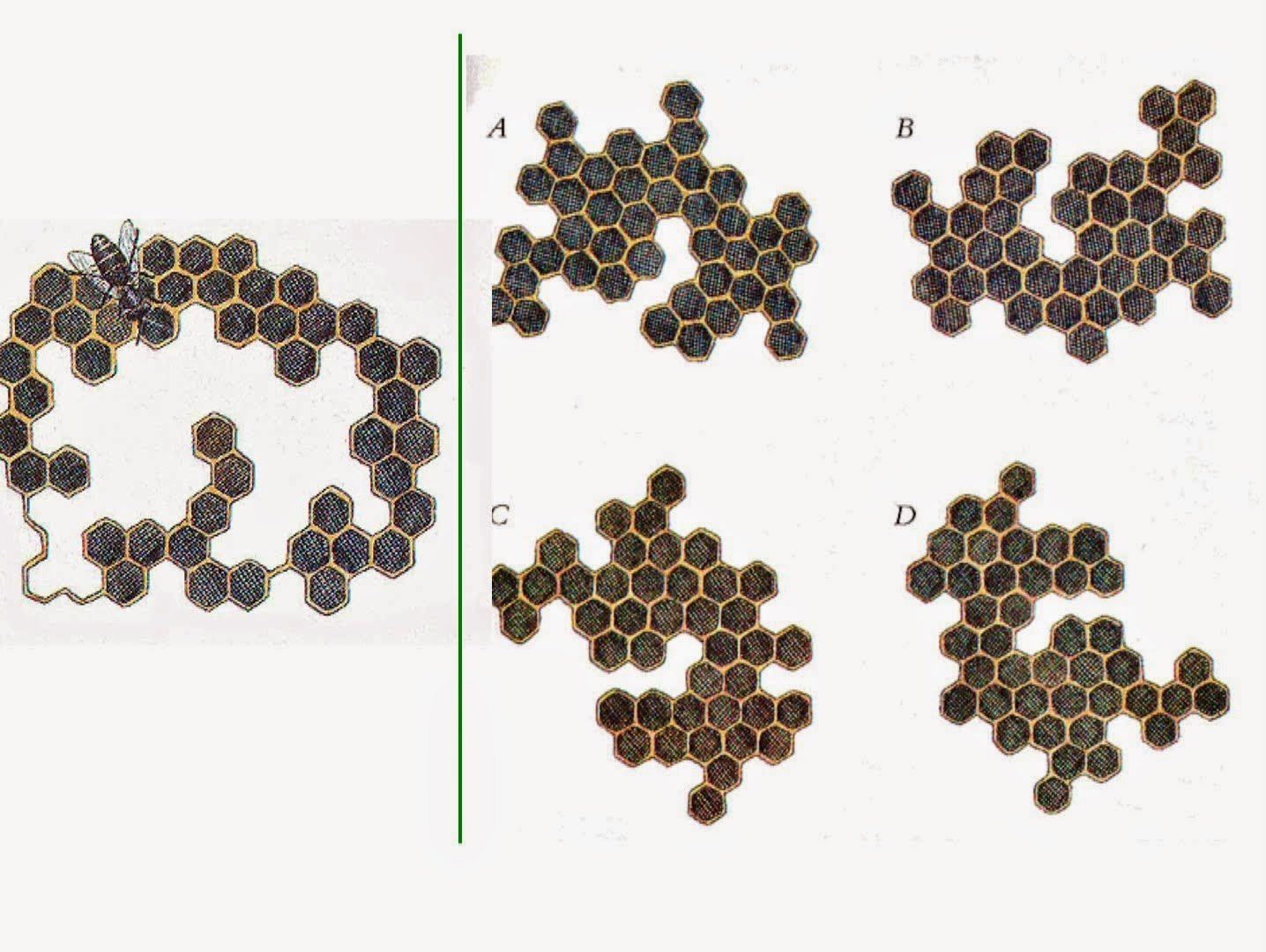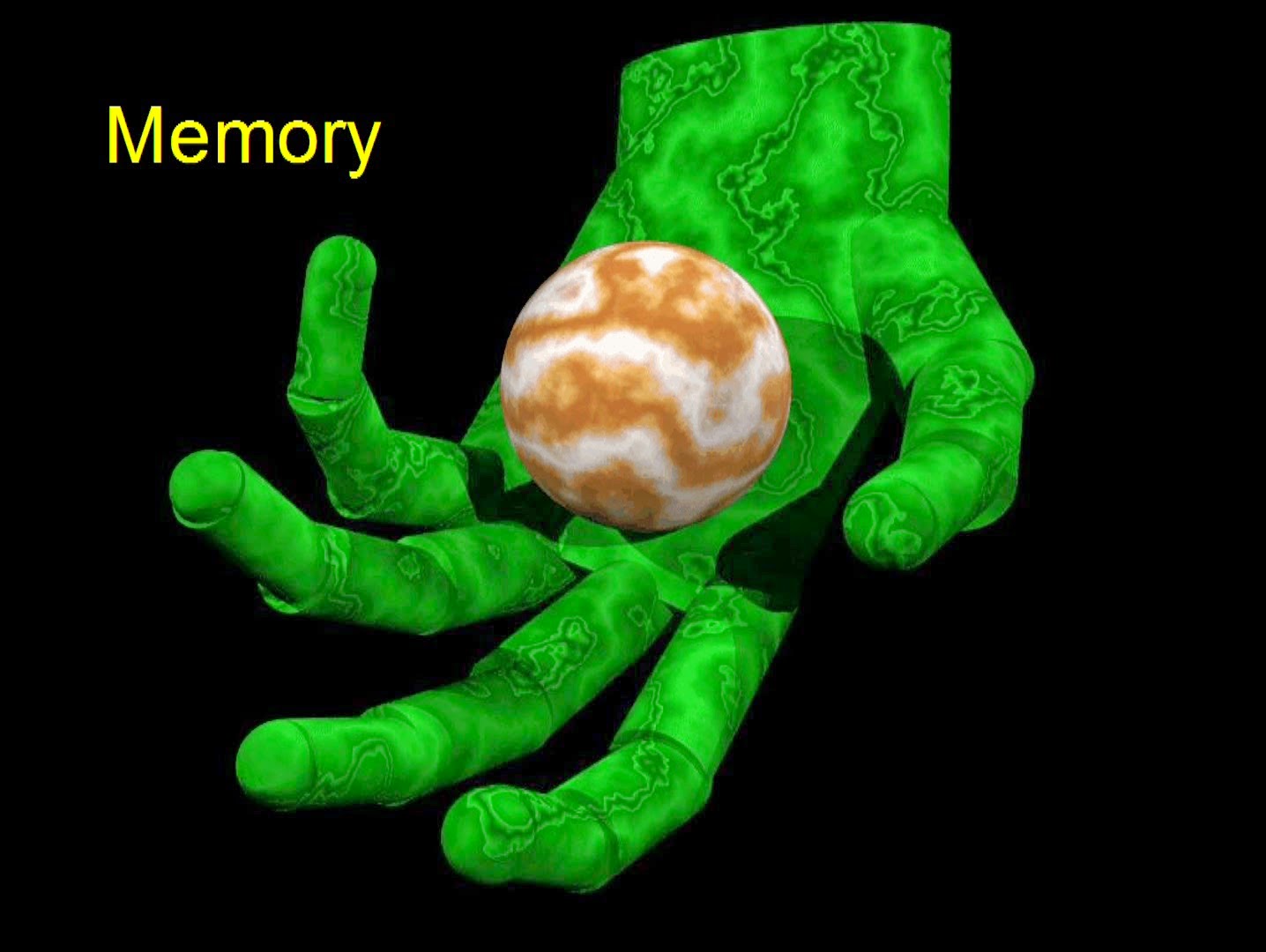 Movies in the mind !
Movies in the mind !Most people can create mental imagery - to varying degrees - by consciously "seeing" or visualizing almost anything in their mind's eye. It's usually quick and easy to mentally visit, explore or manipulate any familiar place, object or abstraction. Visualization is an essential skill to develop, especially for the classroom, whether you are a teacher or a student.
An essential cognitive ability
Often we imagine an event or how something might look or behave - making movies in our minds. We both produce and direct the movie clip or fantasy within our own personal mental cinema !
Some people are not so lucky ! They find it very difficult to mentally generate pictures in the mind. There are reasons that can explain why this may happen. Further down, I will talk more about this - and suggest a couple of things you can try to help you develop a better mind's eye.
Your ability to consciously and effortlessly visualize, or to imagine at will, are two of the most powerful mental tools you can deploy to enable enhancement of your memory, understanding, problem solving, designing, planning or when just being creative. Whatever !
So then .. how well can you paint pictures in your mind ?
We'll pause here for a brief word
 |
| Skills, Habits and Behaviours |
Everything I do is evidence based - material drawn from cognitive neuroscience, philosophy and psychology. My courses ran from a half day to a hour or so every week during the semester. Much of the time I designed customized programs for individual needs.
This blog, however, is only intended to show you the way, give you ideas or make suggestions which you, the reader, may pursue according to your needs.
I would be delighted to provide further information or direction if asked. Ready to commit the extra time for interested persons !
So .. this blog on visualization and imagination skills is just a very brief, skimming glance at a few of the key points. Reading this blog will not train you but will help get you started. (Don't forget I can provide further details if asked.)
And .. we are talking here about skills (I'll do a post about skills soon). Good news ! With training and practice skills can be improved. Once they become automatic habits they will definitely help your learning.
Let's carry on now ... visualization.
---------------------------------------
Visualization Skills
 |
| Click to enlarge |
There are a few important factors I must mention regarding the development of good visualisation skills.
Firstly, never forget that Concentration - King of the Mind Skills - must be engaged before anything else happens in a learning environment (see my Concentration Skills post).
 |
| Mental Imagery |
Furthermore, I suppose I should also mention a couple of other valuable Mind Skills that play an important part in the visualising and learning process. They are having very good observation and listening skills. (Each of these can be a blog on it's own)
 |
| Click to enlarge |
 |
| Works well for these guys ! |
Using All Your Senses in Mental Imagery
All information from the external world enters the internal world of the brain via the our five senses.
Let's use the senses in our mental imagery.
How to sharpen your senses of vision, sound, smell and touch ?
It is a worthwhile exercise to find different safe locations (eg. your study, the garden, your coffeshop, a park) and do the following.
1. Sit down and take a few minutes to relax.
2. Choose a sense you want to practice using (eg. sound)
3. Close your eyes and concentrate on that sense only.
4. Notice everything (both big and small sounds)
5. Try to isolate and identify a particular sound.
6. Program your mind to listen for a particular sound.
(or to notice a certain colour only)
7. Do this for 5 to 10 minutes without distraction.
8. Finally visualise the observed scene (or object) in as much detail as possible.
(mentally recall the "smell" that you noticed - sometimes an image may accompany the smell)
Touch. Select a few different objects. With eyes closed, consciously feel the texture (and note the temperature) of different surface types. Then mentally recall the "feel" and temperature. Generate a mental image of the texture and "hear" your finger "scratching" the surface of the object. "Feel" the weight of it. All good stuff here !
Over time you will be surprised, if not amazed, how easy it is to becomes aware of all your sensory input. With practice, you should be able to generate very detailed mental imagery which has all the colour and sound of a motion picture ! You will "smell" the food ! You will "feel" and "hear" and "see" and "smell" the electric spark as it cracks your fingertip ! Wow !
Why bother ?
- Well, for a start, richer sensory input greatly helps LTM memory recall as well as increase the associations (ie.connections) the brain makes with other stored information. The is handy for complex problem solving, idea generation and creativity - as the unconscious mind (a parallel processor) benefits from a richer and more diverse LTM knowledge base (another whole blog can be done on the unconscious mind)
- It also helps to be keenly observant and using all senses (notice everything, miss nothing) when performing an experiment or investigation. Did you notice that strange smell ? Is there a pattern here ? I wonder why I saw that quickly disappear ?
- Improved ability to write more readable stories. Good descriptions will enable the reader to easily visualise and so become more fully immersed in the world of the story - and readily identify with the characters.
Bottom line here. Include all the sensory inputs you can to enrich your mental pictures and movies. It definitely has positive flow-on benefits for your academic performance.
Mental Rehearsal
Sporting people know the benefits. But students can also put mental rehearsal to good use. For example, visualise where you are performing a task such as working in your study area or giving a talk or doing an exam. Many benefits here !


Visuospatial Skills and Problem Solving
 Thinking in pictures is fairly common for most people (except those left-brain types - only joking !). Possible solutions to a problem often arise through mental image manipulation - sometimes just popping up into our conscious awareness.
Thinking in pictures is fairly common for most people (except those left-brain types - only joking !). Possible solutions to a problem often arise through mental image manipulation - sometimes just popping up into our conscious awareness.A most essential mental ability to develop. Train and practice until you can use it at will. You will benefit regardless of the subject matter be studied or the performance task being mastered.
Earlier on boys tend to be better at visual-spatial tasks such as mental rotation, 3D spatial location or manipulating a moving object. But good news !
With a handful of short training exercises girls very quickly perform equally as well.


Try these two simple exercises (click to enlarge)
Visualization and Memory
If you've captured the full sensory detail of your learning task, and have practiced visualising it successfully, then this is a huge advantage when it comes to recall, understanding or explaining. In other words it will help boost your performance when test time arrives.
 How does this help me ? Well, briefly, memory is not stored away like a snapshot taken with a camera. The sensory input is split into many component parts and often associated with other stored parts of a similar nature. All shapes, colours, sound types, movement direction and so on are separately stored.
How does this help me ? Well, briefly, memory is not stored away like a snapshot taken with a camera. The sensory input is split into many component parts and often associated with other stored parts of a similar nature. All shapes, colours, sound types, movement direction and so on are separately stored.Consciously "drink-in" all the details !
The more details stored then the greater the possibility of better understanding and recall. Even a slight movement in a certain way (or how somebody walks or talks or sneezes) will trigger a multitude of memories. If I say the word "RED" how many things spring to your mind ?


Imagination and Learning
 |
| A Private world in your head ! |
You can use this personal mental stage as part of your learning effort. You can test the "what if's" or investigate the "how come's" or replay a scene with a different interpretation. There are endless possibilities.
 |
| He rode a light beam ! |
In a few quick minutes you can cover many things whether you teach maths, science, humanities, music or art.
 |
| Turn the routine into dynamic ! |
 |
| Be imaginative in imagination ! |
As a student try a few of the suggestions in the slide to help you increase your understanding and deepen your learning.
In the Classroom - using Visualization and Imagination
As a student. You are focused ("lock on") on the teacher, listening and observing carefully (suppressing any distraction) and painting mental pictures as you go. You may wonder and imagine and questions may arise. When reading you visualize the subject matter, become immersed and involved if possible. Your note taking and note making will include as many little sketches, flow charts, linking arrows, diagrams and as much colour as possible. Make every page look different and stand out as much as possible. Why ? (you should know by now)
As a teacher. Help the students paint their mental pictures and to imagine. Use story telling, thought experiments, ask questions to encourage awe and wonder (see Reality-Squares teaching tool post), relate a personal experience (helps to anchor information in memory) and so on. Questions will encourage thinking, deepen understanding, stimulate interest etc. Always use humor when and where possible. Be descriptive and add emotion (don't go overboard !)
Remember their minds are yours to shape and develop !
What power to have in your hands !
What a responsibility !
Related Topics
Relaxation - guided imagery - mental refuge or "safe house" - dreaming for answers - using the sixth sense - yes really !
(must stop now because this blog is getting much too long)
© Copyright 2014 School of the Mind - All Rights Reserved.

These are definitely psychological part of human being; they can simply imagine whatever they want and it is quality of human being we are normally imagine and create situations in our mind which is mostly known as movies in mind as mention here in this article. Thanks for such a wonderful article which describes regarding visualization and imagination; we are definitely learning some quality facts from here.
ReplyDelete